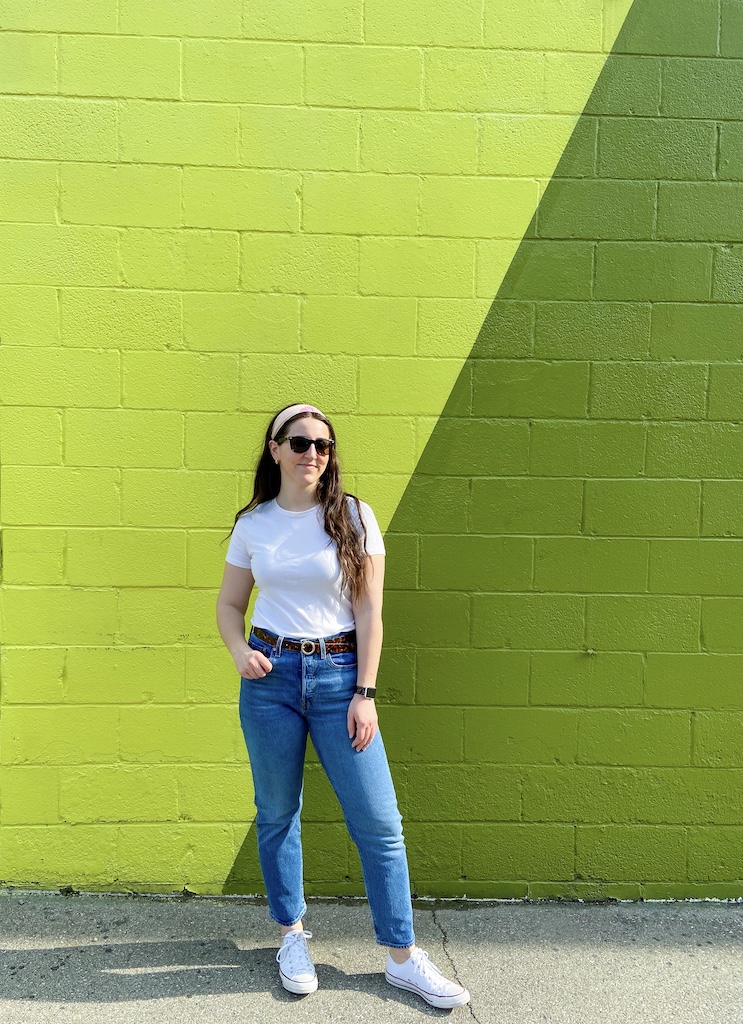
I am so excited to share 10 easy tips to be more sustainable! If one of your New Year’s resolutions is to go green and be more eco-friendly in your daily life, this post is for you!
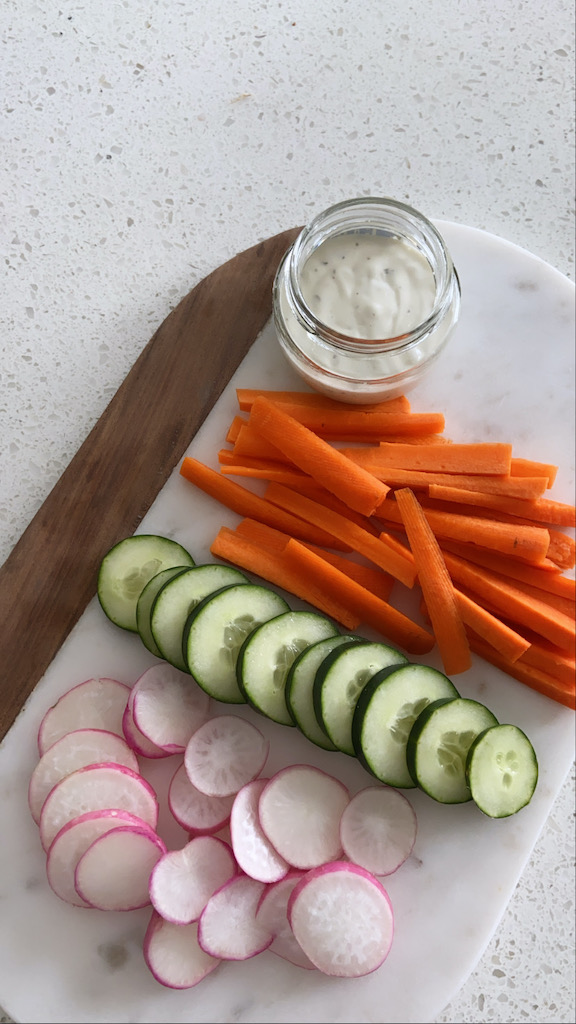
1. Eat Less Meat
Hear me out on this one. This is one of the most important tips to be more sustainable. I’m not talking about sustainable small farms or Native meat-eating practices, but the meat production industry is a massive contributor to climate change. Making your diet more plant-based and consuming less meat is a great first step on your sustainable lifestyle journey. You don’t have to go completely vegetarian or vegan, but consider starting out by choosing one day a week where you don’t consume meat.
If you do want to be vegetarian or vegan but you’re worried that you won’t be able to stick with it, take it slowly. When I first started going vegetarian four years ago, I started out just wanting to eat less meat. After a few weeks, I didn’t even want to eat it anymore. After a month or two, I was completely vegetarian. And I never thought I could do something like that! My advice is that if you want to, just try it for a while to see how it goes. You might surprise yourself.
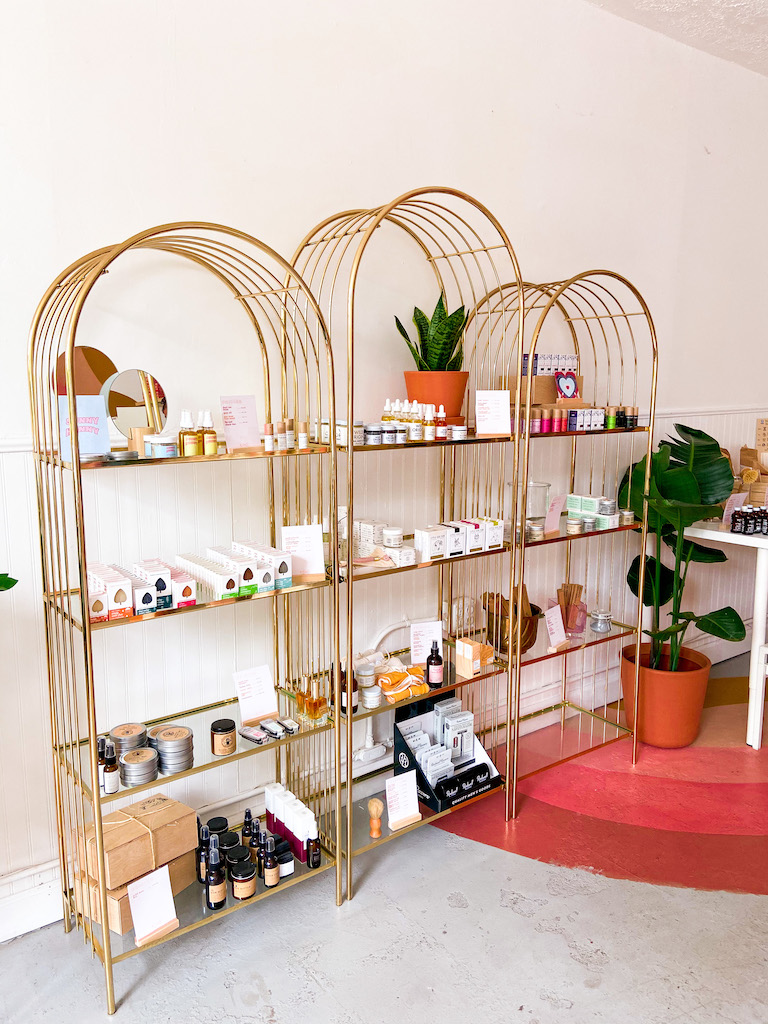
2. Shop Locally If You Can
Shopping locally, especially at farmer’s markets, is another great way to be more eco-friendly. Locally-made products do not have to travel long distances to be sold in your community, thus cutting down on airplane and truck fuel miles that ultimately generate carbon emissions. Farmer’s markets are especially great because you get to shop sustainably and support local farmers. This is a great resource to find a local farmer’s market in your area.
3. Shop Secondhand
This one is huge and very difficult. Fast fashion has had devastating effects on the planet and garment workers. The industry emits 10% of humans’ carbon emissions, is the second-largest consumer of water, and is a major contributor to the world’s pollution problem. Garment workers are paid very little and are forced to work in unsafe working conditions. If cutting down on fast fashion is difficult for you, I get it. Fast fashion is more affordable than sustainably-made clothing. It’s still hard for me to avoid fast fashion! I don’t judge anyone who struggles with this. Ultimately, it’s the companies that cause such harm.
You can shop slow fashion and secondhand in many ways: via apps like Poshmark or Depop, through vintage shops, Facebook marketplace, Instagram shops, and good old-fashioned thrift stores. This leads me to a couple of points that are especially true to thrift stores. First, finding size-inclusive clothing can be very difficult. Second, prices are rising at thrift stores due to their increased popularity. Companies are noticing more demand and making items more expensive for consumers, which hurts folks who rely on those stores for affordable clothing. I could write a whole post about this. What I am trying to say is that there are problems with however you purchase clothes. Even thrifting is not the easy solution that you might have thought it to be.
4. Reuse something at least once before tossing
This is a good rule of thumb to keep in mind when you are about to throw something out. Just because something is a single-use item, that doesn’t mean that you can only use it one time. There are so many ways to reuse things that aren’t technically “eco-friendly,” but it can be sustainable with a little creativity. For example, I made a planter out of a plastic gelato container from the grocery store. If something is broken, see if you can fix it before just throwing it away. Giving things a new life is an easy way to save money and save the planet.
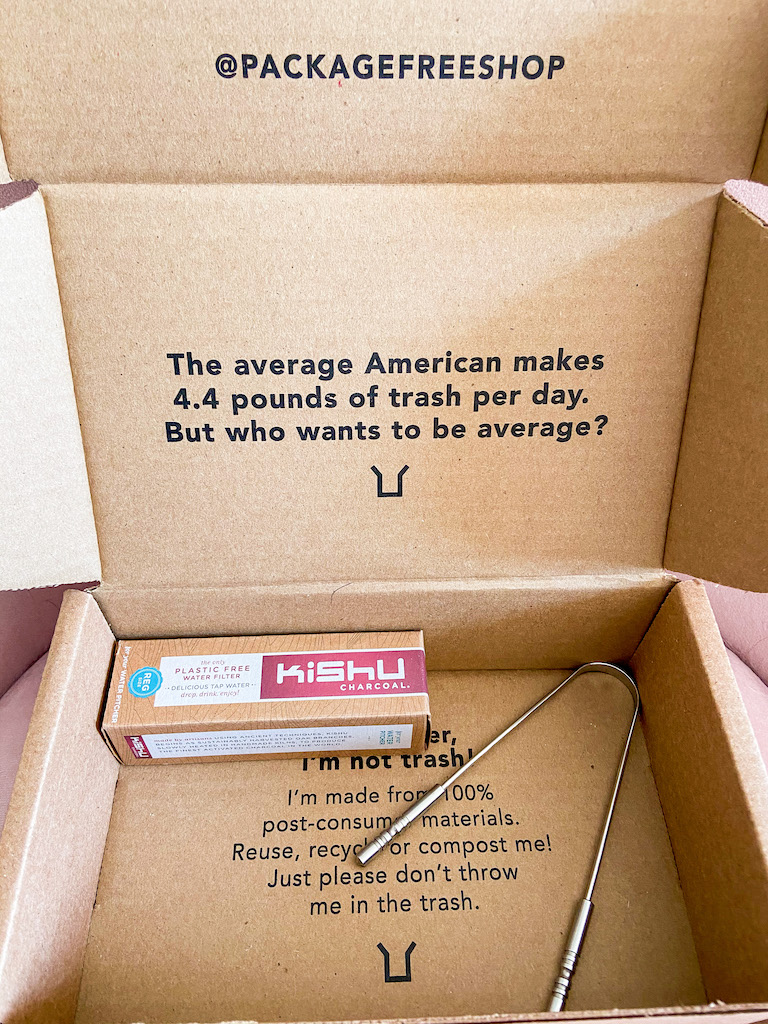
5. Think before making a purchase
We’ve all been there. We’re scrolling online and we see a cute pair of shoes that we *must* have. Two clicks later, and you’ve dropped $100+ on an impulse purchase. Modern technology (ahem, Apple Pay…) has made it easier than ever to buy on a whim. When you find something that you want, think to yourself for a few minutes. Do you really need that item? Can you think of ways to use/style it? Will it last for a long time? If the answer is yes, that’s great! But if you’re doubting it, it’s a good idea to close the browser. My philosophy is that if I can’t stop thinking about it a couple of days later, then I can buy it. Being mindful of your spending is such a simple way to reduce your carbon footprint and prevent waste.
If you like my tips on how to be more sustainable, check out my post on my favorite clean and eco-friendly skincare products!
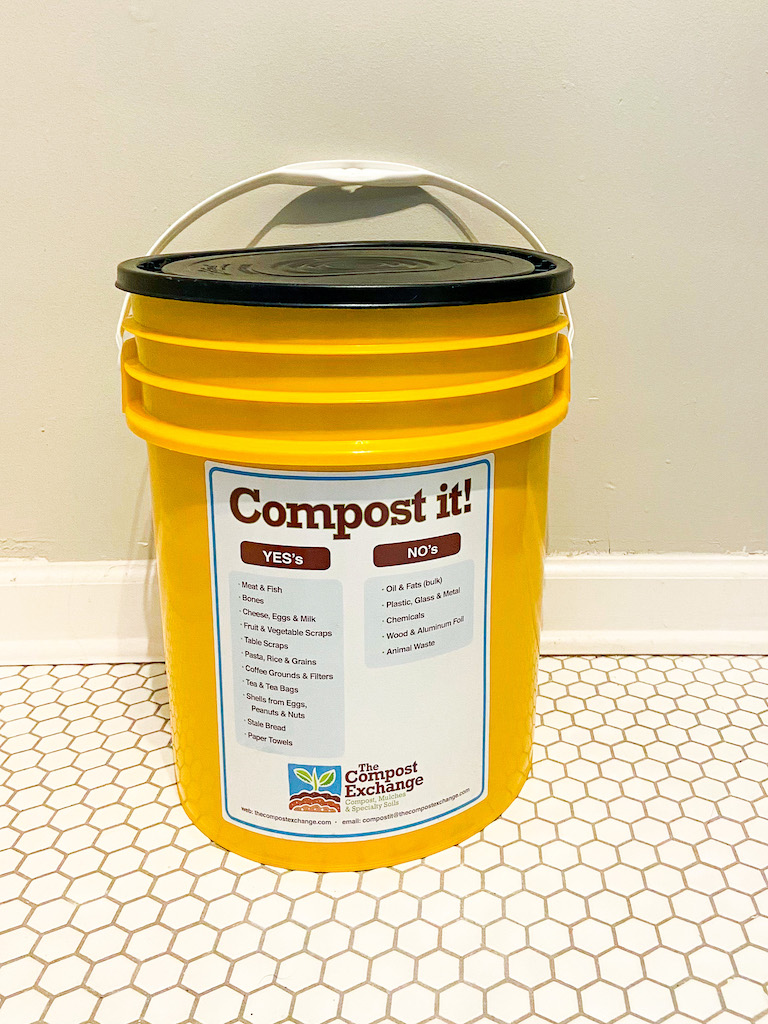
6. Reduce food waste
Food waste is another big contributor to climate change. Did you know that the United States is the global leader in food waste? Not a statistic to be proud of. Americans discard 40 million tons of food every year, and most of it goes to landfills. That food is not only wasted in terms of the water and energy used to produce it, but it also generates greenhouse gases. You can cut down on your own food waste in a few ways.
First, only buy food that you need and you know you will eat. This can be tough, especially when you want to buy all of the fun snacks at Trader Joe’s like I do. But when we buy more food than we need, we end up wasting some of it. One easy way to ensure that you eat all of your produce is by designating an “eat me first” area in your refrigerator. This is where you put your oldest produce so you know that you need to use it first. Also, make sure that you truly understand product labels. A lot of people think food has gone bad when it is actually completely fine. So, they throw it out simply because they didn’t know any better. This is a great article on how to read product labels.
Compost!
Finally, a great way you can reduce your food waste is by composting! You can compost at home to get the reward of good soil for your plants or garden. Or you can sign up for a composting service like I do. In Columbus, there is an organization called The Compost Exchange where you can drop off food scraps once a week at one of several locations around the city. It’s composting made easy. If you’re interested in a service like this, do some research to find composting services in your area.
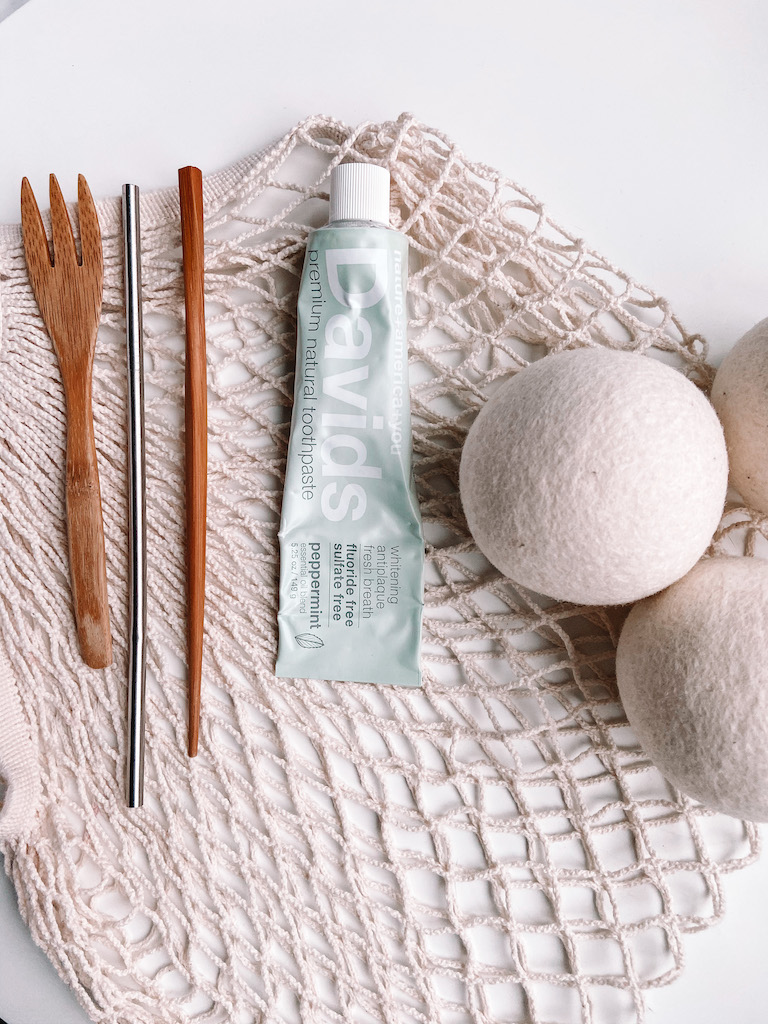
7. Use what you already have
I’ve seen lots of people give tips to be more sustainable that only include going out and buying a bunch of new eco-conscious products. But this can be overwhelming and expensive! Do yourself and your wallet a favor by taking stock of what you already own. Do you have bags, containers, etc. that would make great use for other things? One thing to reuse that you probably already have is glass jars, which can be used in so many different ways. Just remember: using what you have is even more sustainable than purchasing an eco-friendly product.
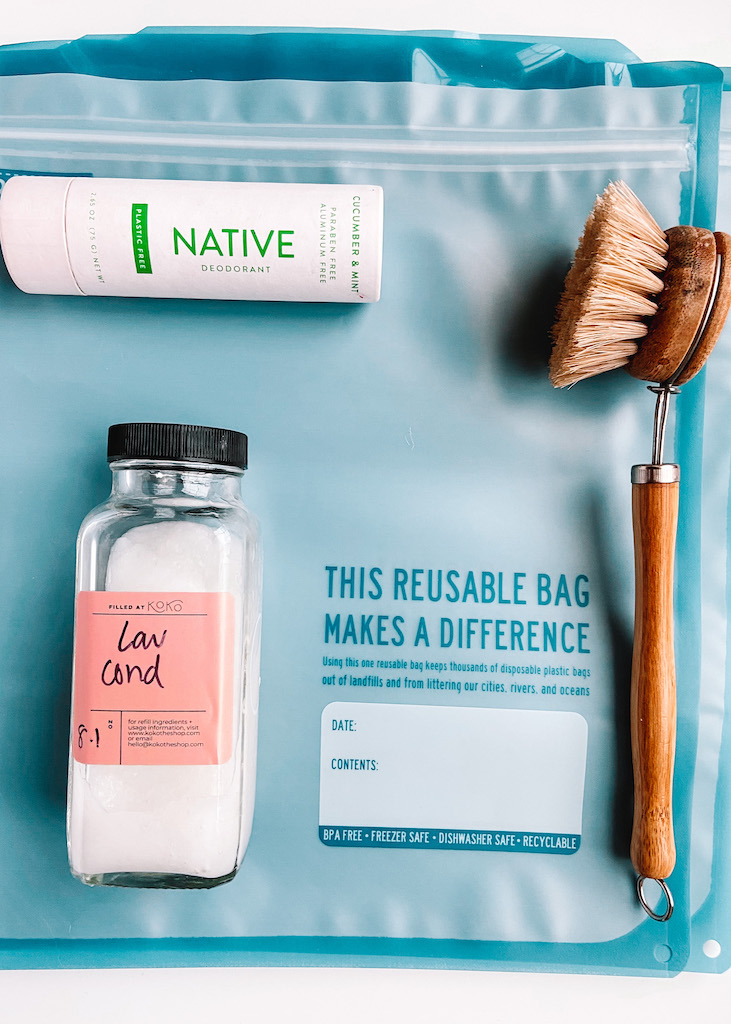
8. *Slowly* cut down on plastic/single-use items
This one goes hand-in-hand with number 7. You don’t have to immediately become zero-waste or plastic-free. My method is simple. I use what I already have. But when I run out of something, I choose a more sustainable option of that product. When I used up my plastic-packaged deodorant, I replaced it with a cardboard plastic-free deodorant from Native. Making these small changes one item at a time is the best way to make progress without getting overwhelmed.
9. Use your car less, if you can
This one is a classic example, but still important. If you need to go somewhere and it’s not that far away, consider walking or biking to your destination. Or, if you happen to live in an area where there is public transportation, take the bus or the train. It’s a good way to get moving and reduce emissions from your vehicle.
10. Be patient, and be kind to yourself.
Becoming more sustainable is a journey. It takes a lot of time, research, and effort to live an eco-friendlier lifestyle. So, don’t beat yourself up if you do something that isn’t the most eco-friendly. It’s okay! Taking small steps is the only ~sustainable~ way to make these changes. If you tried to do everything at once, you would be less likely to keep up with it. The important thing is that you are trying. You can also follow some eco accounts that give tips to be more sustainable on social media. This will keep you inspired and help you stay motivated.
And that’s all for today! I hope you enjoyed reading my tips to be more sustainable. This was obviously not an exhaustive list, but I think it’s a good jumping-off point for anyone who wants to start their journey in becoming more sustainable. If you have any eco-friendly living tips that you want to share, I would love to hear them! Shameless plug: if you want to follow along and see more eco-friendly tips, make sure to follow me on Instagram. 😊
Thanks for reading!
-Kyndal